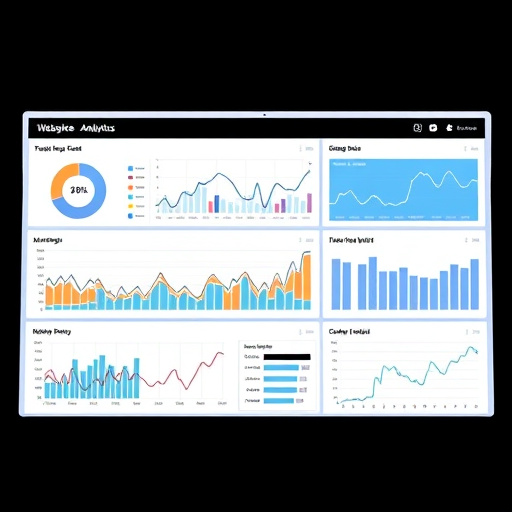Schema markup implementation strategically enhances SEO by providing structured data for search engines to better understand website content. This leads to increased click-through rates through rich snippets in search results, improved credibility, and higher local visibility for targeted traffic, measured by evaluating CTR changes post-implementation. Regular analysis guides refining strategies for optimal online visibility.
In today’s competitive digital landscape, boosting click-through rates (CTR) is paramount for online success. One powerful strategy often overlooked is proper schema markup implementation. This article guides you through the process, empowering you to enhance search visibility and drive more clicks. We’ll start by demystifying schema markup, offering a comprehensive step-by-step guide for successful integration. Then, we’ll explore how to measure its impact by analyzing CTR post-implementation.
- Understanding Schema Markup for Enhanced Search Visibility
- Implementing Schema Markup: A Step-by-Step Guide
- Measuring Success: Analyzing CTR After Schema Integration
Understanding Schema Markup for Enhanced Search Visibility

Schema markup implementation is a powerful strategy to elevate your website’s search visibility and click-through rates (CTR). It involves using structured data to help search engines understand the content on your pages more effectively. By providing clear, detailed information about your business, products, or services, you enable search engines to display rich snippets in the search results, making your listings stand out from the competition.
This technique goes beyond basic web design Arlington; it involves crafting a custom website design that incorporates specific data elements. For instance, if you offer unique products with detailed specifications, schema markup can highlight these features, attracting potential customers scrolling through search results. Additionally, effective schema markup implementation may enhance your site’s credibility and encourage link building services, as valuable, well-structured content naturally draws attention from other websites.
Implementing Schema Markup: A Step-by-Step Guide

Implementing schema markup is a strategic step to enhance your search engine optimization (SEO) efforts and ultimately, boost your Click-Through Rate (CTR). It involves a structured way of presenting data on your website, making it easier for search engines to understand your content. Here’s a simplified guide to get you started:
1. Identify Your Data Types: Begin by identifying the types of information you want to structure. For instance, if you run a local business in Frisco, Texas, you might include ‘LocalBusiness’ schema with details like your address, phone number, opening hours, and services offered.
2. Choose the Right Schema Markup Language: The most common is JSON-LD (JavaScript Object Notation for Linked Data). This language provides a straightforward way to embed data within your website’s HTML. You can create structured snippets that describe various elements on your pages.
3. Implement the Schema Code: Add the JSON-LD code to your website’s head section. Enclose relevant data in quotes and define relationships between entities. For a local business, you might structure data like: `”@context”: “https://schema.org”, “type”: “LocalBusiness”, …`.
4. Test and Validate: Utilize Google’s Structured Data Testing Tool to validate your schema markup implementation. This tool checks for errors and ensures your data is properly structured. Once validated, search engines can easily interpret and display your content in rich snippets, increasing the likelihood of clicking.
5. Focus on Local SEO: Given that you’re targeting local SEO services in Frisco, ensure your schema includes location-specific details. Accurate and optimized local schema markup can drive more targeted traffic, as users searching for local businesses are presented with relevant, structured results.
Measuring Success: Analyzing CTR After Schema Integration

After implementing schema markup, one of the most crucial steps is to measure and analyze the success of this strategy. The primary metric to track here is Click-Through Rate (CTR), which provides valuable insights into how effectively your web pages are performing in search engine results. By comparing CTR before and after schema integration, you can gauge the positive impact on user engagement.
Focus on monitoring changes in local search optimization as schema markup can significantly enhance visibility for local businesses. Additionally, keyword research services and link building strategies should be aligned with the structured data to ensure a comprehensive SEO approach. Regular analysis of these metrics will enable you to refine your schema markup implementation, further improving online visibility and driving more targeted traffic through effective local search optimization techniques.
Implementing proper schema markup is a strategic move to elevate your website’s search visibility and click-through rates. By structuring data in a machine-readable format, you enable search engines to better understand your content, resulting in enhanced snippet displays and increased user engagement. As demonstrated through the step-by-step guide and measurement strategies, effective schema markup implementation is achievable. Remember, once integrated, analyze your CTR metrics to gauge success and make informed optimizations for continued improvement.














